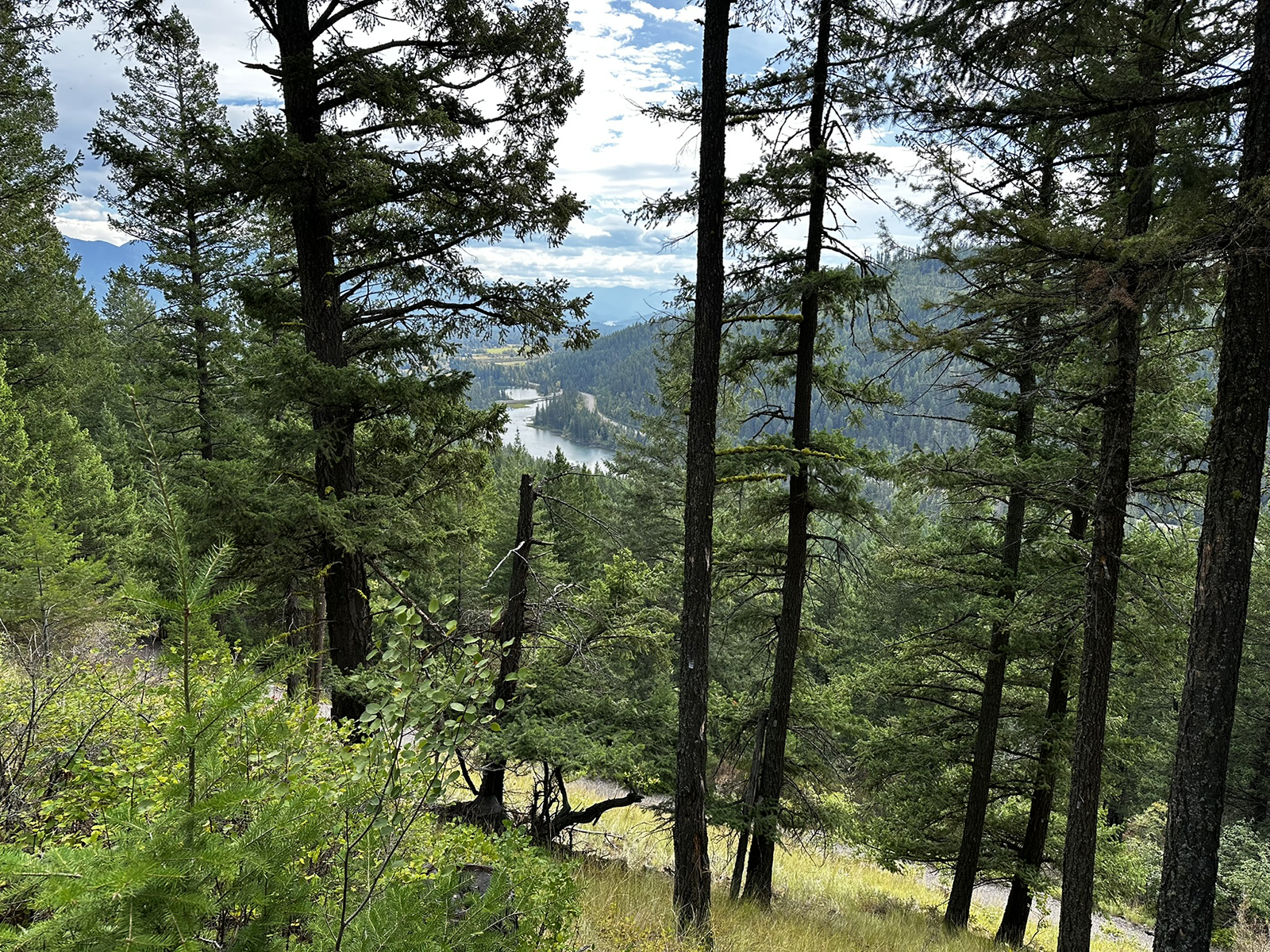Property Near Bigfork Becomes Permanent Wildlife Refuge
A new conservation easement with the Flathead Land Trust will protect 40 acres northeast of Bigfork, connecting a corridor from Swan Hill to the Swan River
By Katie Bartlett
Forty acres of forest and meadow will now serve as a permanent sanctuary for black bears, white-tailed deer, and hummingbirds under a new conservation easement, the Flathead Land Trust announced this week.
Sally and Paul Bradshaw partnered with the Flathead Land Trust to permanently protect their land northeast of Bigfork. The conservation easement, finalized on July 15, safeguards the Bradshaw Property, connecting it to a broader network of protected lands.
The Bradshaw property borders 238 acres of Harrell Forest Community Trails, including the Swan River Nature Trail, owned and managed by the Flathead Land Trust. It also connects to the 173-acre Whitney property, which is protected by a Montana Land Reliance conservation easement. Together, these lands form a corridor of minimally impacted forest stretching from Swan Hill to the Swan River.
“The addition of the Bradshaw property to this conservation network helps to maintain the rural character and natural views of the area,” the Flathead Land Trust wrote in a press release. “The land will be managed with minimal intervention, ensuring that the property continues to thrive in its natural state, providing critical habitat and safeguarding a wildlife movement corridor.”
The property’s coniferous forests and upland meadows support a mix of native plants and wildlife, including white-tailed deer, black bears, and mountain lions. Birdlife is also abundant, with great gray owls and hummingbirds moving through the trees. The Flathead Land Trust said the property may offer habitat to grizzly bears, porcupines, and other sensitive species.
The Bradshaws said in the press release that the conservation easement is their way of leaving a legacy on the land that they love.
“Supporting the Land Trust is our way of giving back – of ensuring its rivers, forest and wildlife endure for those who will walk these trails long after we’re gone,” the Bradshaws wrote.